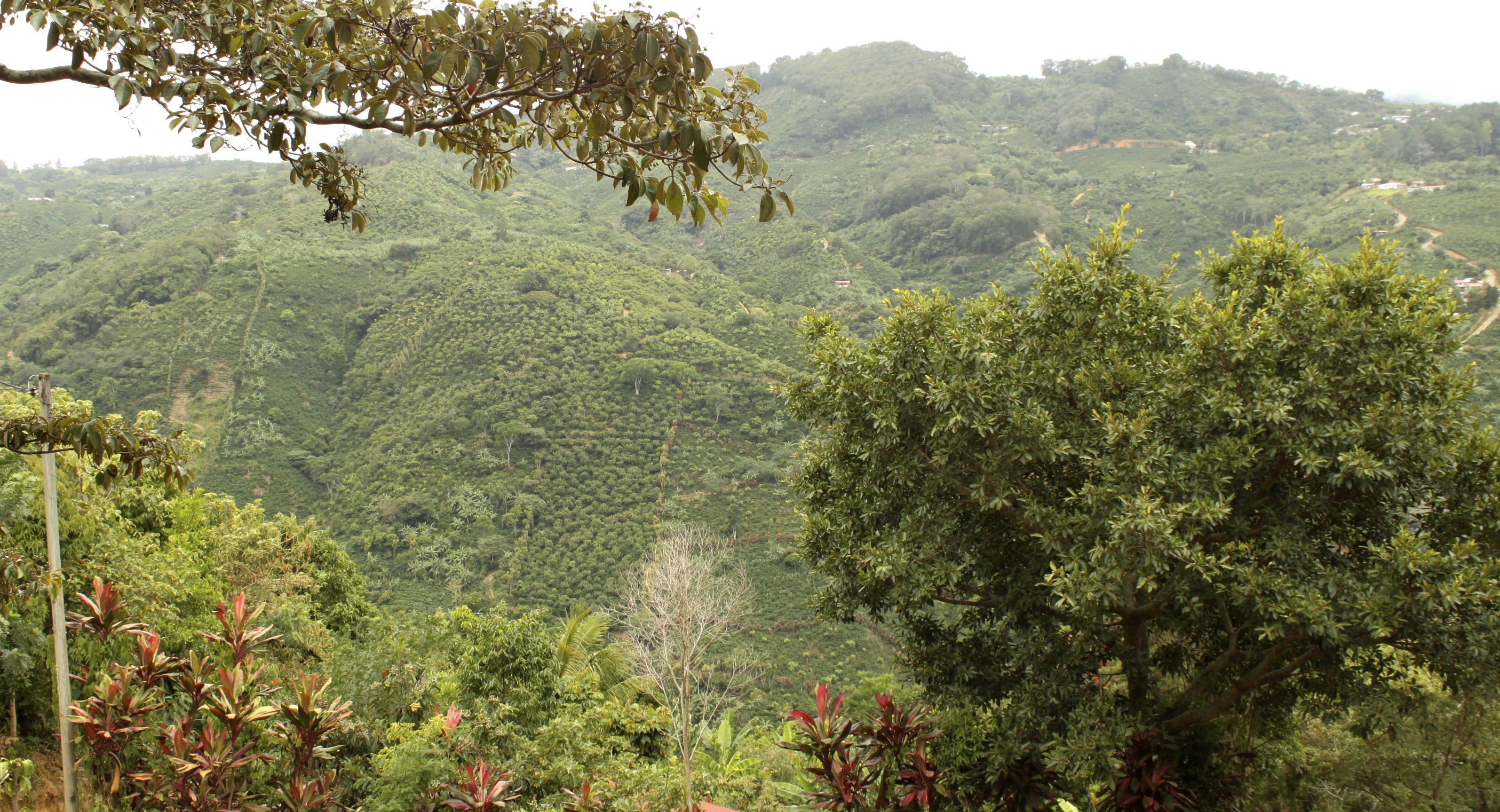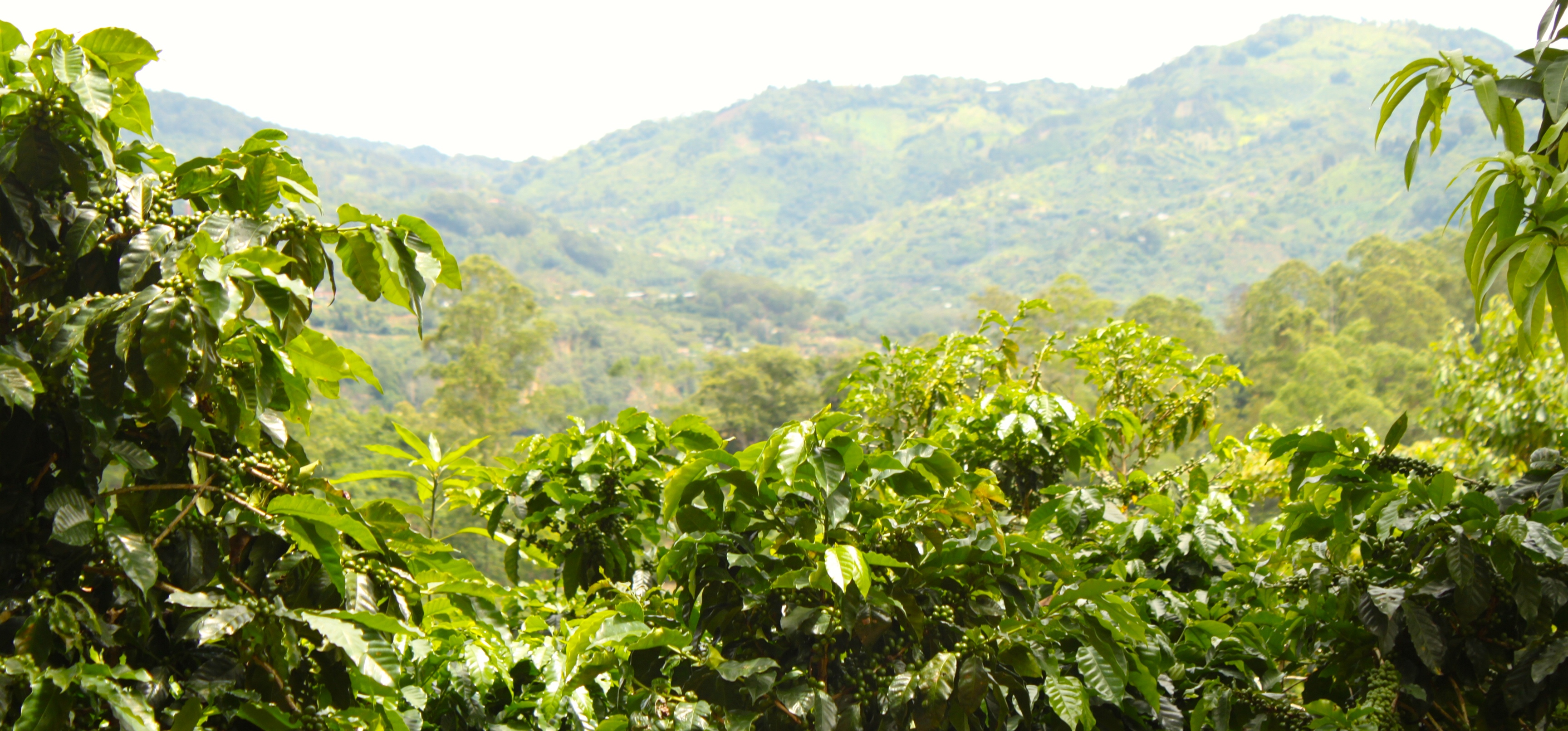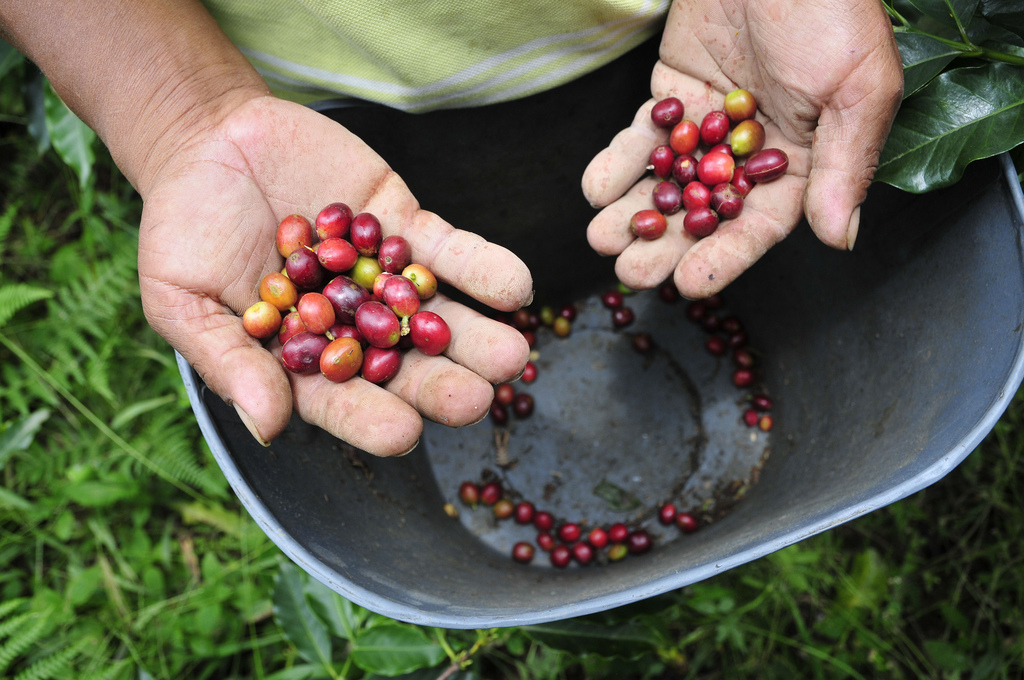Who has the hardest job in the coffee value chain?
Is it the farmer, who has to create just the right growing conditions for each single coffee plant, countering unpredictable climate, droughts and deluges, pests and diseases and an uncertain economic future year after year?
The processor, who has to balance the orders he gets from buyers and the informal agreements with farmers who can jump to supplying another competitor without a moment’s notice, and works 12 hour night shifts to deal with the daily harvest?
The exporter, who has to solve the logistical puzzle on how to fill the right coffee in the right quantities onto the right container ships at the right moment and guarantee no quality loss during a weeks-long odyssey around the world?
Or maybe the roaster, who needs to understand each coffee’s particularities and her customers’ tastes so well that she can match them just toying with temperature and time of the roasting process?
I would venture it’s none of the above. Instead, it’s the coffee picker who has the hardest job of all.
Every year between November and March, the steep hills of Costa Rican coffee farms are populated with groups upon groups of individuals making their way in between the coffee bushes. You will barely find any locals; “Costa Ricans don’t like to work in the fields anymore,” as a farmer we visit explains. Also, Costa Rican workers would be too expensive. Instead, it’s mainly Nicaraguans and Panamanian indigenous people that move intermittently to the farms where they are provided with housing and transportation to and from the fields.

Their day starts around sunrise, at 5am, when the fields are still chilly and wet from the dew. Workers stream into the terraces of coffee plants located on incredibly steep slopes, each onto their own designated row. Each of them carries a cajuela, a 20 litre-basket that is the standard measure around here. On many farms they are paid by volume picked, making filling the basket as quickly as possible the goal of the enterprise. Again, and again, and again. Expert pickers can pick as many as 10 cajuelas a day, lugging them up and down the slopes to the trucks waiting to bring the cherries to the collection points.
But halt – not every cherry is eligible for the basket. If growers aim to supply high quality, as is often the case in Costa Rica, there is a bias toward the ripe red cherries. A too high percentage of unripe green berries, overly mature shriveled fruits, or those affected by pests, will lower the value of the collected coffee – and thereby the farmer’s bottom line considerably. With climate change, this makes the job for pickers harder, as beans mature more unevenly – which means less efficient picking and more rounds through the coffee plants.
Furthermore, the right technique is key. Pick from the top down, and you knock perfectly ripe cherries of the lower branches to the ground. Bend the higher branches the wrong way, and they snap. Pick clusters of cherries, and you have just ripped out the buds of the next year’s fruits. Pickers thus have a lot of responsibility for the economic and ecological wellbeing of the farm, and their relationship to their employer has to be carefully balanced.
Here is where the question of appropriate compensation comes into play. Most pickers work as “trabajadoras por cuenta propia“, “self-employed workers”, and thus cash-in-hand upon delivery, often without a written contract. Costa Rica has two minimum wages that could apply: one daily wage for unqualified workers (around $18), and one per cajuela (around $1.80). So if you are the best of the best pickers, and get paid by volume, you can hope to make minimum wage, or even above that, as the leader of the country’s coffee association ICAFE ensured in 2013.
“Even if a Nicaraguan here makes $15 a day, that is still light years better than the $4 he would make at home.”
The quote to the right was given in a conversation about pickers’ wages, and prompted me to look into comparative wages for coffee picking across the region. No joke – Costa Rica looks like a paradise when you see the regional average.
Nicaraguans have a minimum monthly wage of $100 for agricultural workers, which is about equivalent to $4 a day. El Salvador currently has a minimum daily wage for coffee pickers of $3.82. These two are the countries with the lowest wages, which also explains the rampant Nicaraguan outmigration to about any neighboring country – to Honduras (where workers get a ‘generous’ $1.40 per cajuela plus room and board), particular regions of El Salvador (where they can earn up to $8 per day), Panama and of course Costa Rica.
The more I type these numbers, the less significance they seem to have. Probably it’s the same when reading – you get sucked into the regional comparison rather than the global one. Let’s frame it differently. Try laying out $4 in your currency and thinking it’s what you earn for a 12-hour, difficult, intricate, exhausting workday.

One of the saddest facts is that until recently, the fate of coffee pickers has been rather ignored even within the ethical coffee movement. Fairtrade International doesn’t even require that farmers pay their workers minimum wage if they do not have a “significant number” of employees; the certification body can decide what significant means, but it is widely taken to be above 20. Rather ironic that the fairness of the coffee doesn’t necessarily trickle down to the pickers. Fairtrade is apparently looking into the issue.
This section intends to provide for good practices regarding the payment of workers and their conditions of employment […].
This section is only applicable to you if you employ a significant number of workers, and to your members that employ a significant number of workers. Significant number is defined by the certification body and may vary according to region, requirement and identified risk. – Fairtrade Standard for Small Producer Organizations, 2011
Interestingly, Fair Trade USA’s standard (they left the FLO system in 2011 and became an independent certification) closed this loophole and requires the application of minimum wage or collective bargaining agreements for all workers. Similarly, the Rainforest Alliance requires the application of minimum wage; and UTZ Certified puts the minimum wage as a lower bound and encourages producers to adhere to regional ‘Living Wages‘ that are currently being constructed in a collaboration effort between different certification organizations and under the ISEAL umbrella.
It’s amazing to me that the issue of a ‘living wage’ is only just being discussed; if minimum wages are not even sufficient to ‘eat decently’, as one Nicaraguan was quoted, and necessitate labor migration, should they be the standards for ethical products? Worse, how are there exceptions to that rule in the FLO standard?
One thing is for sure – if I see the coffee pickers next winter during the harvest, I will draw my hat in respect. Having the hardest job and additionally the worst-paid one in the value chain – what a challenge.



